Issue: Operational models of customer segmentation
the writer :
Mr. Engineer Behnam Behzadi Far / Respected manager of relationship with customers of Mustafavi Saffron brand

What is customer segmentation?
Customer segmentation is a method of dividing customers into groups based on specific characteristics that these customers use. All customers share a common need for your product or service, but beyond that, there are certain demographic differences (eg, age, gender). Now the question is, what kind of information is used in customer segmentation? Any information you can get about people can be used for customer segmentation. B2B and B2B brands have a distinct advantage because of the amount of information they can gain about their customers just from their transactional data.
The types of basic data that can be used to achieve this usually include:
- Geography (billing information, shipping information (if applicable), browser information)
- Product(s) / Service(s) purchased
- How customers found you (referral URL and/or campaign information, promotional codes)
- The device used (device type, brand (if included), browser)
- Customer’s first purchase
- Payment Method
In addition to the aforementioned information, companies may collect additional information as part of the sales or checkout process that can augment their customer data, such as:
- reason for purchase
- The marketing or advertising channel that made the purchase (with a margin of error)
- consumable: Commercial, personal, self-consumption, gift, etc
- Industrial sector of the company
- job title
- Age
- gender
6 customer segmentation models
Common customer segmentation models range from simple to very complex and can be used for a variety of business reasons. Common divisions are:
- Demographics
Many companies identify gender to create and deliver content based on customer segmentation. Demographic segmentation can be simply defined as the segmentation of customers based on demographic factors such as age, location, marital status, race, income, education, and more. Telephone sales get the most benefit from demographic segmentation because businesses related to marketing and telesales can segment customers based on statistics and information such as age, marital status, and keeping these demographics in mind, you can target people. which are more consistent with the specifications of customers and products to hire and use.
- Model (RFM Recency, Frequency, Monetary)
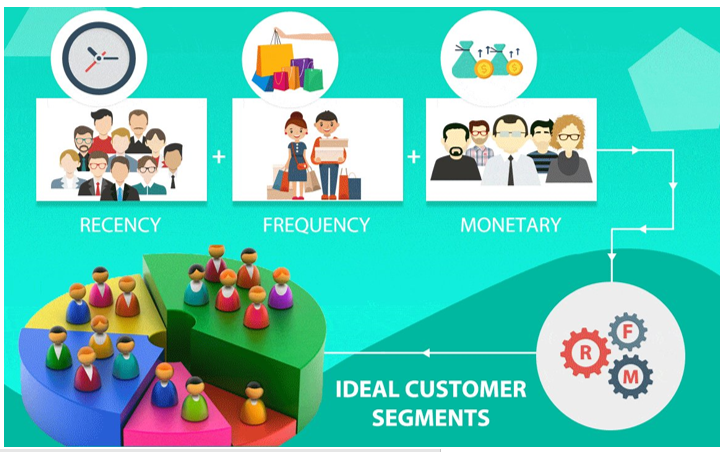
RFM is a method of segmenting customers based on their most recent purchase, the total number of purchases they made, and the amount they spent. This method is often used to identify high value customers (HVC). Recency, Frequency, and Monetary analysis is a proven model for customer segmentation based on the combination of three components. This method categorizes customers based on their transaction and purchase history, how recently, how often, and how much they have purchased. RFM helps to segment customers into different categories or clusters. For example, customers who are more likely to respond to advertisements or customers who are considered for marketing processes in the future.
- High Value Customer (HVC)
According to RFM segmentation, every business, regardless of the sector or industry it belongs to, wants to know more about where its valuable customers come from and what their characteristics are so that it can reach more. Get them. After modeling the segmentation method, you can identify your valuable customers based on points and plan for them.
- Customer status
Most companies divide their customers into active and lapsed groups, which are completely dependent on how long it has been since their last purchase. Providers of regular and non-luxury products consider active customers to be those who have purchased within the last 12 months. Lagging customers are those who have not made a purchase in the last 12 months. Customers may be divided into even more groups based on how long they have been in that situation or other characteristics.
- behavioral
Observed customer behavior in the past can be indicative of future actions, such as shopping for special occasions or events, buying from certain brands, or major life events such as moving, getting married, or having children. It’s also important to consider the reasons a customer buys your product/service, as well as how those reasons change over the years as their needs change.
- psychological
Psychological segmentation of the customer usually includes attention to deeper elements such as attitudes, beliefs or even personality traits. For example, survey questions that examine how much a person agrees or disagrees with a statement typically seek to categorize customers’ attitudes or perspectives toward certain beliefs that are important to the brand.
5 useful features of customer segmentation
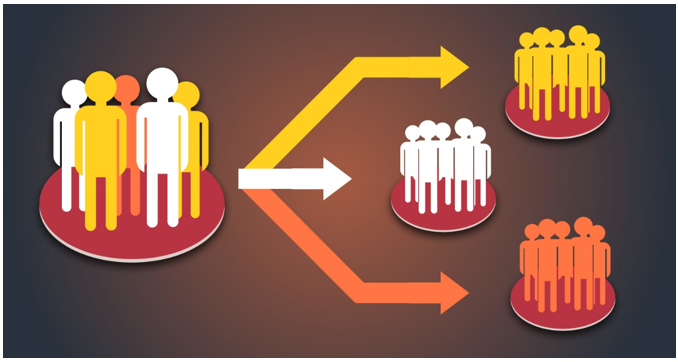
There are many benefits to implementing customer segmentation, including informing marketing strategy, advertising strategy and promotions, product development, budget management, and delivering content relevant to customers or prospects. Let’s explore each of the benefits a little deeper.
- marketing strategy
Customer segmentation can help inform your overall marketing strategy and messaging. As you learn the characteristics, similarities, and what is important to your best customers, you can use this information in your messaging, creative development, and channel selection.
- Promotions and advertising strategy
An overall advertising strategy (for example, for our specific customers who are constantly interacting and buying, we need to offer frequent offers and sales plans) to send ads to specific segments can be informed by a broad customer segmentation plan. , to be better and more heavenly. You may find that a certain group of customers don’t need a discount when using certain messaging, thus discouraging you from offering discounts to those groups. You can achieve this by using the RFM model.
- Productivity and budgeting
Most companies don’t have an unlimited marketing budget, so it’s important to be specific about how and where to spend. For example, you can segment your customers into high-value segments or customers with similar characteristics and target them to get the most return on your marketing investment.
- Product development
The more customers you acquire, the more information you get about what matters to them, the features and expectations they have from your product, and your most valuable customers. From this point of view, the company can prioritize the features of the products that attract the most customers, or the valuable customers of the organization that have been classified before, need these features, and even other features that are relevant for your industry. It is important to use it.
- Friendly customers
Especially in today’s age when there is an unbreakable link between different layers of people and society with the media, various studies prove that there is a significant relationship between specific customers and their favorite content and their purchases. This segment of customers is more likely to respond, buy and respect the brand if relevant and correct content is provided. By doing some segmentation, it can be ensured that the messages that are sent through email, website, digital advertising, social and virtual networks or other methods, are intended for people who are targeted and Based on the need analysis, they observe it. Of course, it should be remembered that the use of customer data and its analysis should lead to sending the right message at the right time, because firstly, in addition to the fact that the messages are both visual and auditory, and are considered as an entry into the privacy of the customers. Only one mistake can make the customer confused and away from the brand. With so many marketing messages reaching people in different ways today, no one has time for anything that doesn’t relate to them.
How to operationalize customer segmentation
To operationalize customer segmentation, you must first start with a target plan. As we said before, segmentation of customers can be simple, medium or complex and you will not have any restrictions in this matter. After you have determined your goals, prepare a list of the data you have from the customers. Then check how many segmentation models you can do according to the information available to you. Also, if it is a model that you don’t know about, you can design a program to collect it from customers. The amount of information you can get from different sources is endless, but it will only be useful if you can use it. This requires defining the goal as well as questioning, digging and analyzing the data you have. So consider your goals correctly and after specifying the desired pattern for segmentation, make the best use of the data and at the same time try to maintain and update them.



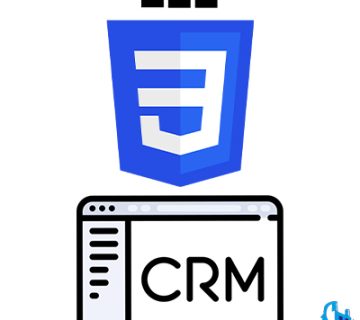
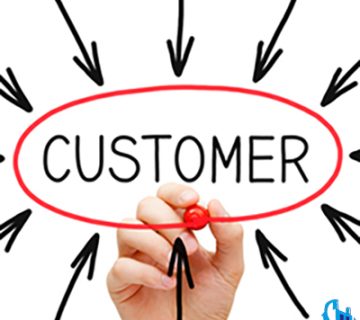
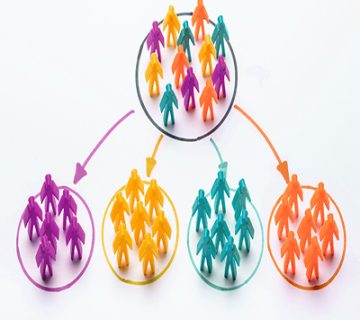
No views